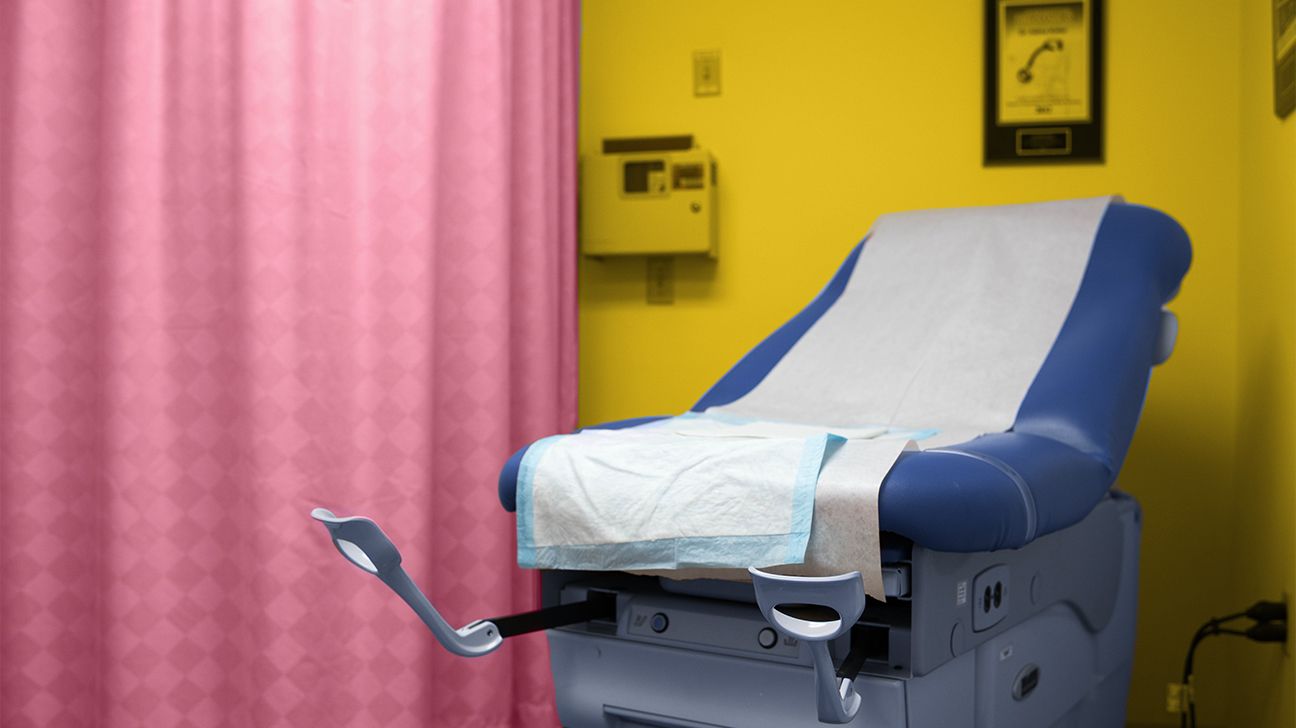LEEP stands for “loop electrosurgical excision procedure.” It’s a medical procedure to remove abnormal tissue from your cervix so it can be tested for cancer or human papillomavirus (HPV).
While you relax in the footrests (yeah, right), your gynecologist will use an electrified metal loop tool to cut tissue from your cervix, the opening of your uterus at the top of your vaginal canal. If it sounds kind of scary, don’t worry, it’s relatively quick and painless.
LEEP procedure fast facts
How effective is it?
A 2017 research review concluded that LEEP is as safe and effective as conization (a more complicated and costly procedure) at treating precancerous cervical conditions.
Key benefits
LEEP is minimally invasive. You can have the procedure at your doctor’s office with only local numbing medication. Results can reveal and remove cancerous or precancerous tissue.
Side effects
Cramping and light bleeding are the most common side effects. There are also risks of infection and cervical scarring.

Your doctor may recommend a LEEP if your Pap test or gynecological exam reveals abnormal cells. The procedure may also be used to confirm a cancer diagnosis or to treat precancerous conditions.
HPV can cause precancerous changes to the cervix. If you have HPV or your doctor suspects it, you may need a LEEP to remove precancerous tissue to prevent it from developing into cancer.
Genital warts caused by HPV and benign polyps (growths) can also be removed with LEEP.
After LEEP, you could experience some side effects, including:
- bleeding (also possible during the procedure)
- infection
- scarring on the cervix
Your doctor can help you weigh the risks and benefits of LEEP.
As with any procedure that cuts or removes tissue, there’s a risk of infection. Signs of infection include fever, chills, and pain. Let your doctor know if you have any of these symptoms after your LEEP.
Do
- Talk with your doctor to plan the best time for your procedure. Your menstrual cycle and their scheduling availability will affect the timing.
- Eat and drink normally — you don’t have to fast for this procedure.
- Tell your doctor if you might be pregnant. You’ll take a pregnancy test the day of the procedure.
- Call your doctor if you have a fever of 101°F (38°C) or higher, chills, or abnormal vaginal bleeding in the 2 to 3 days before your appointment.
Don’t
- Take aspirin for 7 days before your appointment. Aspirin could increase bleeding.
Memorial Sloan Kettering Cancer Center provides a pretty thorough rundown of what to expect with your LEEP.
Here are the highlights:
Before
At your appointment, your healthcare team will explain the procedure, answer questions, and get your consent.
You’ll assume the same position you would for a regular pelvic exam. You’ll have a grounding pad on your thigh to prevent electrical shock because your doctor will be using an electrified tool.
Just like when you get a Pap, your doc will use a speculum to open your vagina so they have a clear view of your cervix. They’ll then numb your cervix by injecting lidocaine. The injection may be uncomfortable, but it’ll ensure the rest of the procedure is painless.
During
The procedure will take about 10 minutes, but you may be in the procedure room for a total of 30 minutes.
Your doc will access your cervix directly through your vagina. They may use a vinegar solution to help them locate any abnormal cells.
Next, they’ll use an electrified thin wire loop to remove cells from your cervix. This electrical current helps make the tool hot enough to cauterize the cut tissue, which helps prevent bleeding.
If there’s any excess bleeding, your doctor will apply a solution to help stop it. FYI: LEEP equipment sounds like a loud vacuum.
After
After the procedure, you’ll be asked to rest for 10 to 15 minutes.
The nurse will give you info about taking care of yourself once you get home. Plan to rest at home for the rest of the day and return to work or school 1 or 2 days later.
If needed, your doc will send tissue samples to the lab for tests and let you know when you can expect results.
You can take ibuprofen or acetaminophen if you have discomfort, but avoid aspirin because it can increase bleeding.
Wear a pad for a few days, because you may have brownish discharge or period-like bleeding for 1 to 4 days. You may bleed again a week or so later as you heal but stick with pads for any bleeding.
Avoid tampons, menstrual cups, and sexual intercourse (and anything else that goes inside your vagina) for the next 2 weeks. Also, steer clear of strenuous activity for a week after your LEEP.
Make an appointment to follow up with your doctor 2 to 4 weeks after your procedure. An exam should show how well you’re healing and whether it’s safe to resume all normal activities.
It’s important to get in touch with your doctor’s office if you have any of these complications during recovery:
- blood clots or heavy bleeding
- pain that doesn’t improve with medication
- fever of 101°F (38°C) or higher
- chills
- any other unexplained problems
- unusual or foul-smelling discharge
After about 2 to 4 weeks, you’ll follow up with your doctor for an exam and to discuss next steps, which will depend on your lab results. Even if everything looks good, you’ll need regular Pap tests and pelvic exams to ensure cervical health.
If your lab results show precancerous or cancerous cells, your doctor will outline treatment options based on your unique condition, history, and age.
